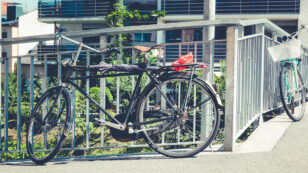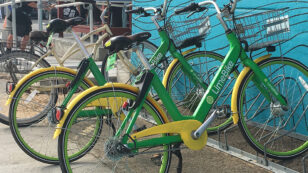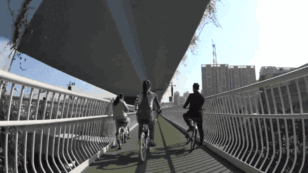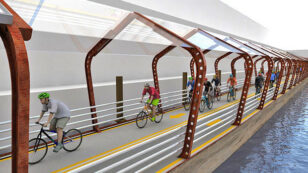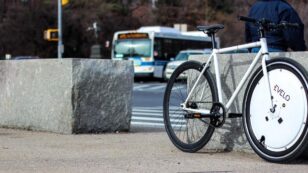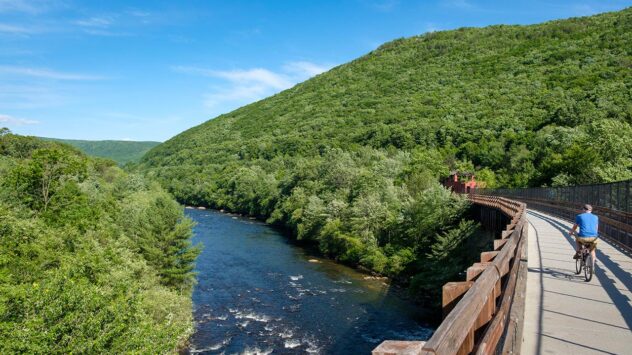
The U.S. Is Building a Bike Trail That Runs Coast-to-Coast Across 12 States
By Natalie Marchant The Great American Rail-Trail will be almost 6,000km when complete, and will serve 50 million people within 80km of the route. Trails have proved invaluable for recreation and transport during lockdown. Cycling and safe routes are vital for cities planning their post-pandemic recovery. Stretching almost 6,000km and crossing 12 states, the Great […]

 233k
233k  41k
41k  Subscribe
Subscribe 
